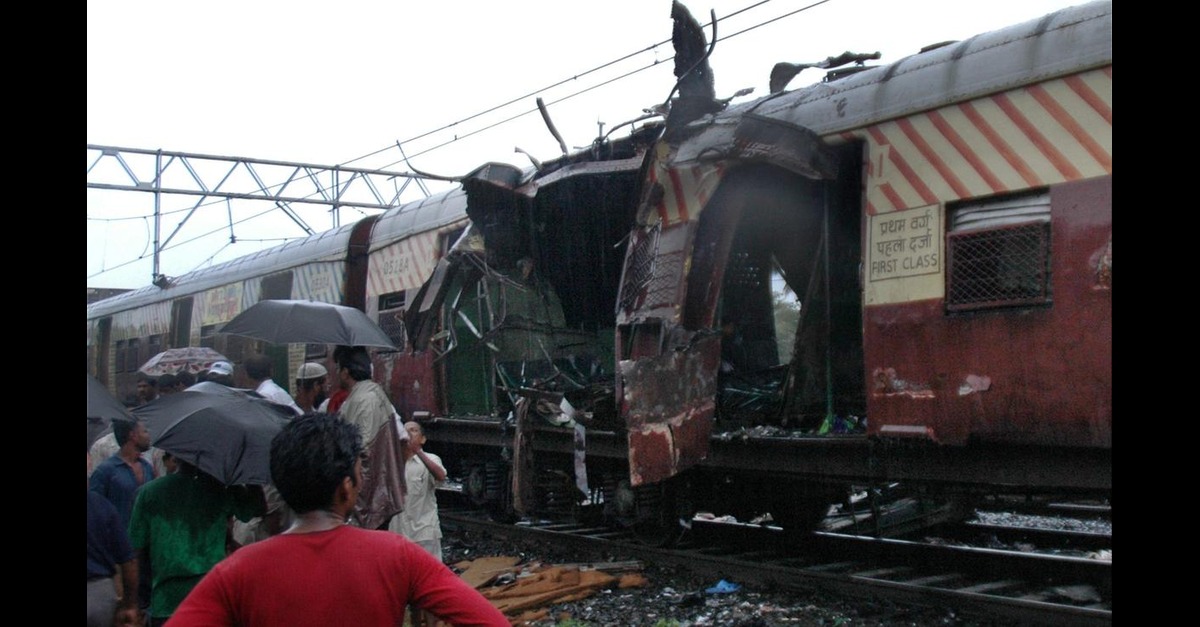Introduction
In May of 2025 the Bombay High Court gave what is being called a break through judgment which saw the acquittal of all 12 men found guilty in the 2006 Mumbai train bombings case. That decision went against a 2015 judgment which had doled out death sentences to 5 and life to 7. For 18 years after their conviction in 2005 the High Court said that the prosecution did not prove beyond a reasonable doubt that the accused were in fact guilty, also bringing into question the process of investigation, use of false evidence, and reports of torture in custody.
Background of the Case
Incident: In the 11th of July 2006, there were reports of 7 explosions on Mumbai’s train system at high ridership levels that which left 189 people dead and over 800 injured.
Investigation: The Maharashtra ATS ran the investigation. We had 13 put on charge and trial which included the Maharashtra Control of Organised Crime Act (MCOCA). Also 17 were put out as wanted.
2015 Verdict: The in MCOCA special court 13 out of which 12 were found guilty we had heavy reliance on confessional statements and circumstantial evidence.
Main Points of the High Court’s Judgment
1. Unsure witnesses’ reports:
Witnesses came forth to identify the accused months after the incident which is without a good account for the delay. We had taxi drivers and eyewitnesses which gave variable testimonies which contradicted under cross examination. Also witnesses to the put together plan or bomb assembly gave second hand info which they changed at each telling.
2. Defective Identification Process:
The Test Identification Process (TIP) was found to be invalid which is a result of the fact that the officer who conducted it did not have the legal authority to do so.
3. Faulty Confessions Reports.
Confessions were rejected upon report of improper collection; they did not meet the criteria of proper authorisation, legal certification and voluntariness as per MCOCA rules. The High Court looked into medical reports which proved cases of torture which in turn supported the defense’s claim that the confessions were a result of coercion.
4. Indicative of Explosives Unsubstantiated.
In the case of what was used in the attack which type of explosive was not identified. We had recovered material like RDX and circuit boards which did not have proper chain of custody which in turn reduced the value of evidence. Also the FSL reports did not tie the explosives to the accused.
Recent Development
The Divisional Bench of Justices Anil S. Kilor and Shyam C. Chandak reported that the prosecution’s case was weak and at best unreliable. The Court also said that the previous conviction had given a false sense of justice which in turn had damaged public trust in law enforcement and the justice system. Also in an unexpected move the Court set free one of the convicts posthumously who had died in jail in 2021 to the COVID-19.
Conclusion
The 2006 Mumbai train blasts case judgment of the Bombay High Court is a wake up call of how fragile justice is when the rule of law breaks down. It brings to light the issue of Reliable evidence, Due process, Non-coerced confessions, Transparent investigation, and the presumption of innocence. Although the ruling brings justice to the late to the point for the acquitted it at the same time brings into question the investigative agencies which failed to bring to book the real culprits. This case stands out as a important study in the protection of civil liberties which even in times of great national tragedy must be protected.
“PRIME LEGAL is a full-service law firm that has won a National Award and has over 20 years of experience in various sectors and practice areas. PrimeLegall falls into the category of best law firm, best lawyer, best family lawyer, best divorce lawyer, best criminal lawyer, best criminal law firm, best consumer lawyer, best civil lawyer.”
WRITTEN BY AYUSHI TRIVEDI


